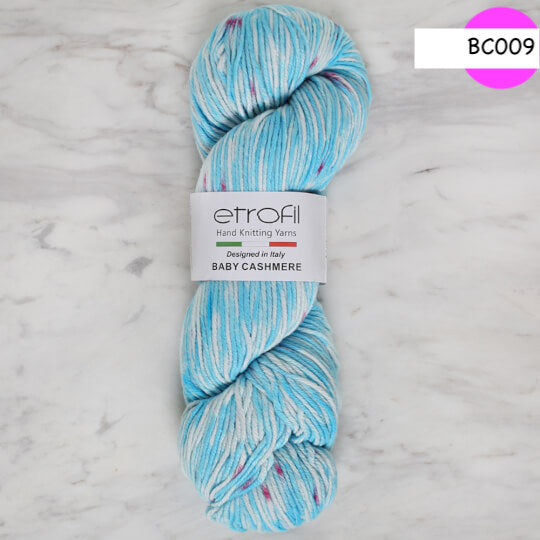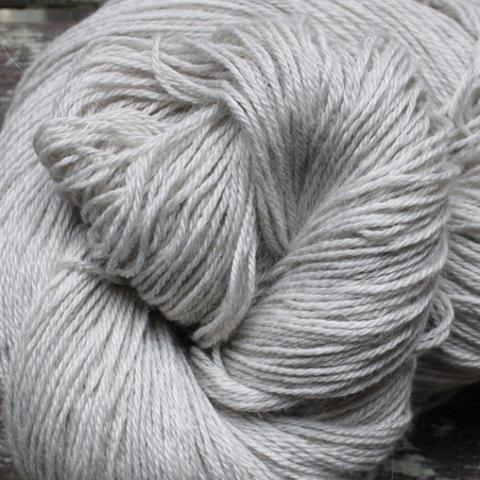What Is Cashmere and How Does It Compare to Other Fabrics?
What Is Cashmere and How Does It Compare to Other Fabrics?
Blog Article
Understanding the Different Kinds of Cashmere a Natural Fiber and Their Unique Benefits
The Beginnings of Cashmere: A Historic Summary
While the lavish touch of cashmere continues to appeal modern-day customers, its beginnings map back to the extreme, cool environments of Mongolia and the Mountain ranges. For centuries, the aboriginal individuals of these areas have actually been increasing Capra Hircus goats, the prime resource of cashmere woollen. These goats, resistant versus the extreme winters months, expanded a great undercoat to make it through, which later became known as cashmere.

The Production Refine: From Goat to Garment
Shearing a Capra Hircus goat marks the creation of the complex cashmere manufacturing procedure. The resultant raw cashmere is then cleaned to eliminate pollutants such as oil, veggie, and dust matter.
The clean fiber goes through dyeing, spinning, and weaving, or knitting, to transform it into a fabric. Complex procedures like high quality control checks and completing processes follow, guaranteeing the end product maintains the glamorous requirement expected of cashmere. This meticulous process, from goat to garment, validates the high cost connected to cashmere items, making them a sign of high-end and refinement.
The Numerous Kinds Of Cashmere: A Thorough Analysis

The Special Advantages of Cashmere: Convenience and Sustainability
Moving from the selection of cashmere types to the advantages they supply, comfort and sustainability stand out prominently. Cashmere, a natural fiber, is renowned for its exceptional gentleness, offering a level of comfort that artificial fibers can not match.
When it pertains to sustainability, cashmere is sustainable and biodegradable, as it's harvested from cashmere goats that regrow their layers yearly. what is cashmere. Unlike synthetic fibers which can take centuries to decay, cashmere's effect on the atmosphere is minimal. This mix of comfort and sustainability makes cashmere a useful choice for aware customers

Caring for Your Cashmere: Upkeep and Preservation Tips
While cashmere is undoubtedly a lasting and lavish selection, it needs details treatment to keep its quality and extend its lifespan. To start, cashmere should be hand washed utilizing chilly water and a moderate cleaning agent. Cashmere products must be learn this here now saved in a dry and cool place, away from straight sunlight and dampness.
Spending in Cashmere: Comprehending Its Value and Worth
Although cashmere may initially appear like an expensive financial investment, its lasting worth and worth ended up being obvious when you consider its exceptional high qualities. Understood for its unmatched soft qualities and heat, cashmere is a premium natural fiber that exceeds other materials. Its high need and minimal supply add to its high rate, yet its resilience ensures it lasts for many years, using outstanding value for cash. Cashmere pieces are timeless, often coming to be antiques passed down via generations. what is cashmere. In addition, its all-natural shielding buildings supply warmth without the mass of synthetic fibers. Purchasing cashmere, for that reason, is not almost current style trends, yet about embracing a sustainable, long-lasting, and glamorous go to this website way of look at here living.
Final Thought
In summary, the type of cashmere one chooses, be it Mongolian, Chinese, or Italian, is dictated by specific choices for heat, spending plan, sustainability, and high-end. Comprehending the origins, manufacturing procedure, and unique advantages of various types of cashmere can guide customers in their financial investment in this extravagant natural fiber.
Whether it's the extraordinary warmth of Mongolian cashmere, the price of Chinese cashmere, or the eco-conscious manufacturing of Italian cashmere, there's a story to be uncovered behind each fiber type. Cashmere, a natural fiber, is renowned for its unparalleled soft qualities, supplying a level of comfort that artificial fibers can not match.When it comes to sustainability, cashmere is biodegradable and renewable, as it's harvested from cashmere goats that regrow their layers annually. Recognized for its unmatched gentleness and warmth, cashmere is a premium all-natural fiber that surpasses other materials. Recognizing the beginnings, manufacturing process, and unique benefits of various kinds of cashmere can guide customers in their investment in this glamorous all-natural fiber.
Report this page